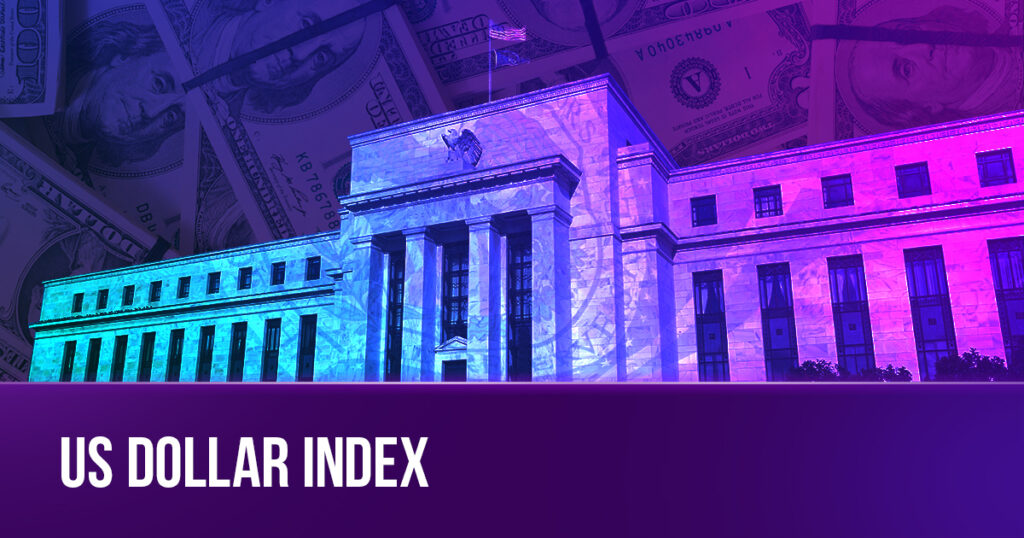The U.S. Dollar Index (USDX) is not only an important tool in forex trading, but also a widely recognized benchmark for measuring the value of the U.S. dollar against a basket of foreign currencies.
The USDX was first introduced in 1973 and has since become a key indicator for investors, businesses, and policymakers to assess the strength or weakness of the U.S. dollar in the global market. It provides a comprehensive snapshot of the dollar’s performance by considering its value relative to a diverse range of currencies.
The basket of currencies that make up the USDX is carefully selected based on the significance of their trade relationships with the United States. The Euro, being the second most widely used currency in international trade after the U.S. dollar, holds the largest weight in the index at 57.6%. The Japanese Yen, British Pound, Canadian Dollar, Swedish Krona, and Swiss Franc make up the remaining currencies in the basket.
The weighting of each currency is periodically reviewed and adjusted to reflect changes in global trade patterns. This ensures that the USDX accurately represents the relative importance of different economies in relation to the U.S. dollar.
The calculation of the USDX involves taking a geometric mean of the exchange rates between the U.S. dollar and the constituent currencies. The resulting value is then multiplied by a constant factor to provide a more meaningful representation of the index level.
One of the primary uses of the USDX is to track the overall trend and direction of the U.S. dollar and the U.S. economy. Traders can analyze its movements to gain insights into the broader currency market and make informed trading decisions. A rising USDX generally indicates a strengthening U.S. dollar, while a declining USDX suggests a weakening U.S. dollar.
Moreover, the USDX also serves as a reference point for global financial markets. Central banks and policymakers closely monitor its fluctuations to gauge the impact of exchange rate movements on their respective economies. Additionally, businesses involved in international trade rely on the USDX to manage currency risk and make strategic decisions.
To access real-time data on the USDX, traders can subscribe to financial information services or use platforms like Bloomberg, Reuters, or the ICE Exchange. These sources provide up-to-date quotes, charts, and analysis, allowing market participants to stay informed about the latest developments in the U.S. dollar’s value.
In conclusion, the U.S. Dollar Index (USDX) plays a crucial role in the world of Forex trading and serves as a barometer for the value of the U.S. dollar against other major currencies. Its composition, calculation methodology, and widespread use make it an essential tool for investors, policymakers, and businesses to navigate the complexities of the global currency market.
Frequently Asked Questions
It is the acronym of U.S. Dollar Index.
It is used for measuring the current market value of USD, against other currencies.
Traders can follow market changes on a broader level and gain valuable insights for their investments.




